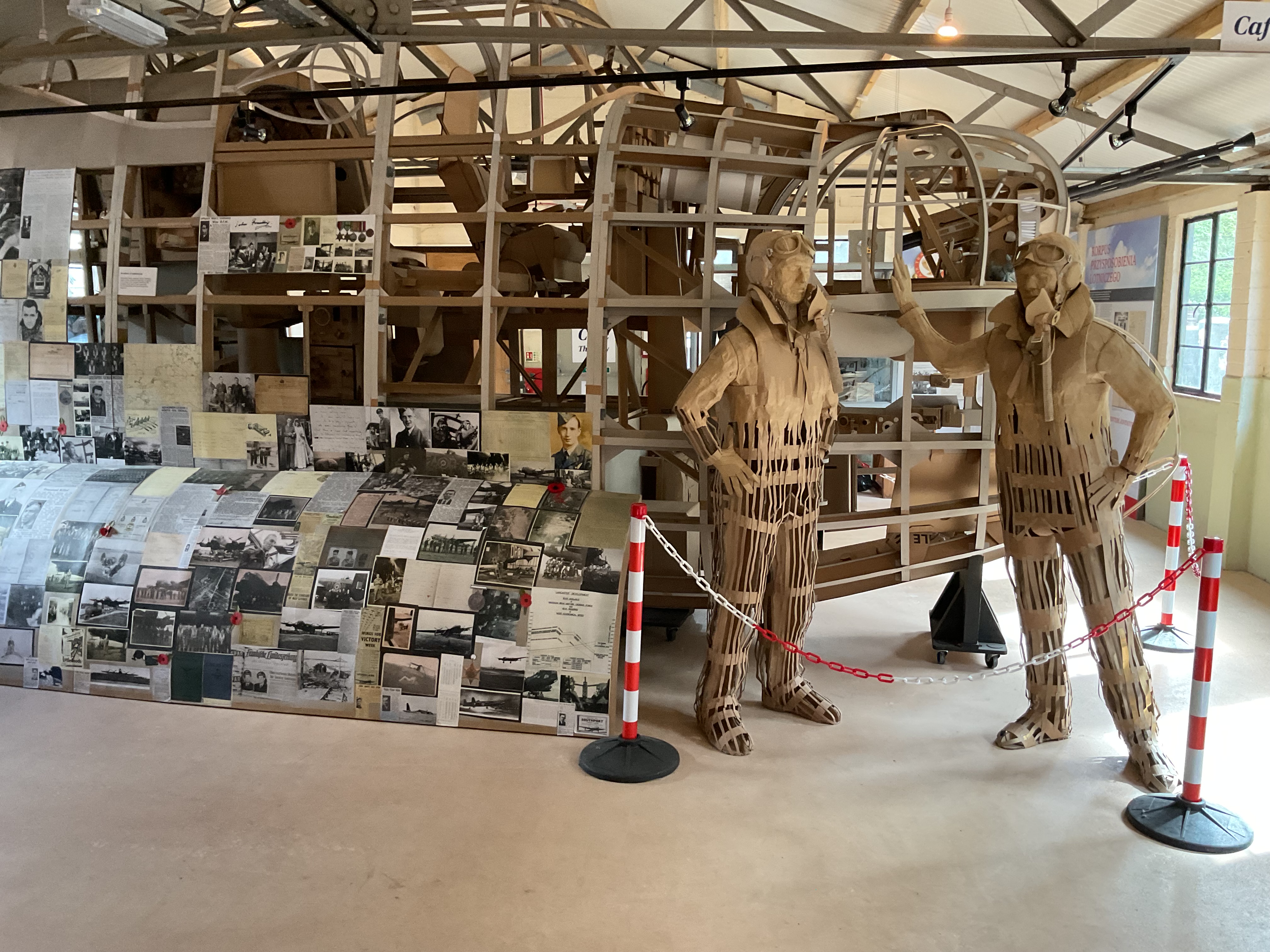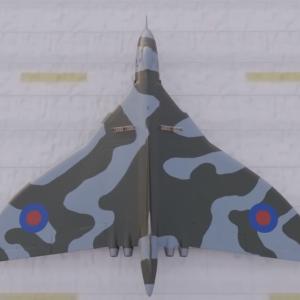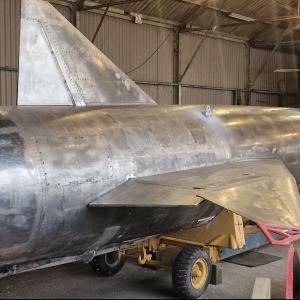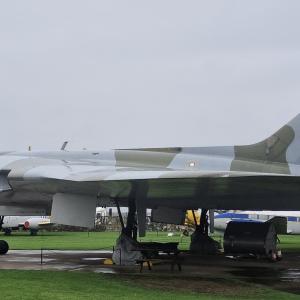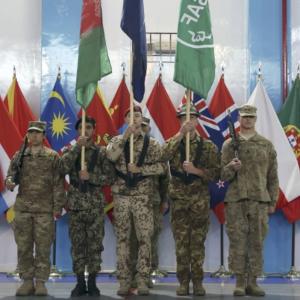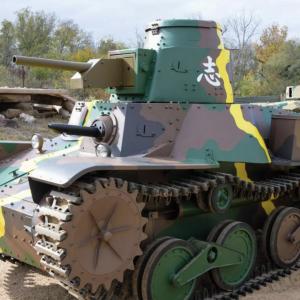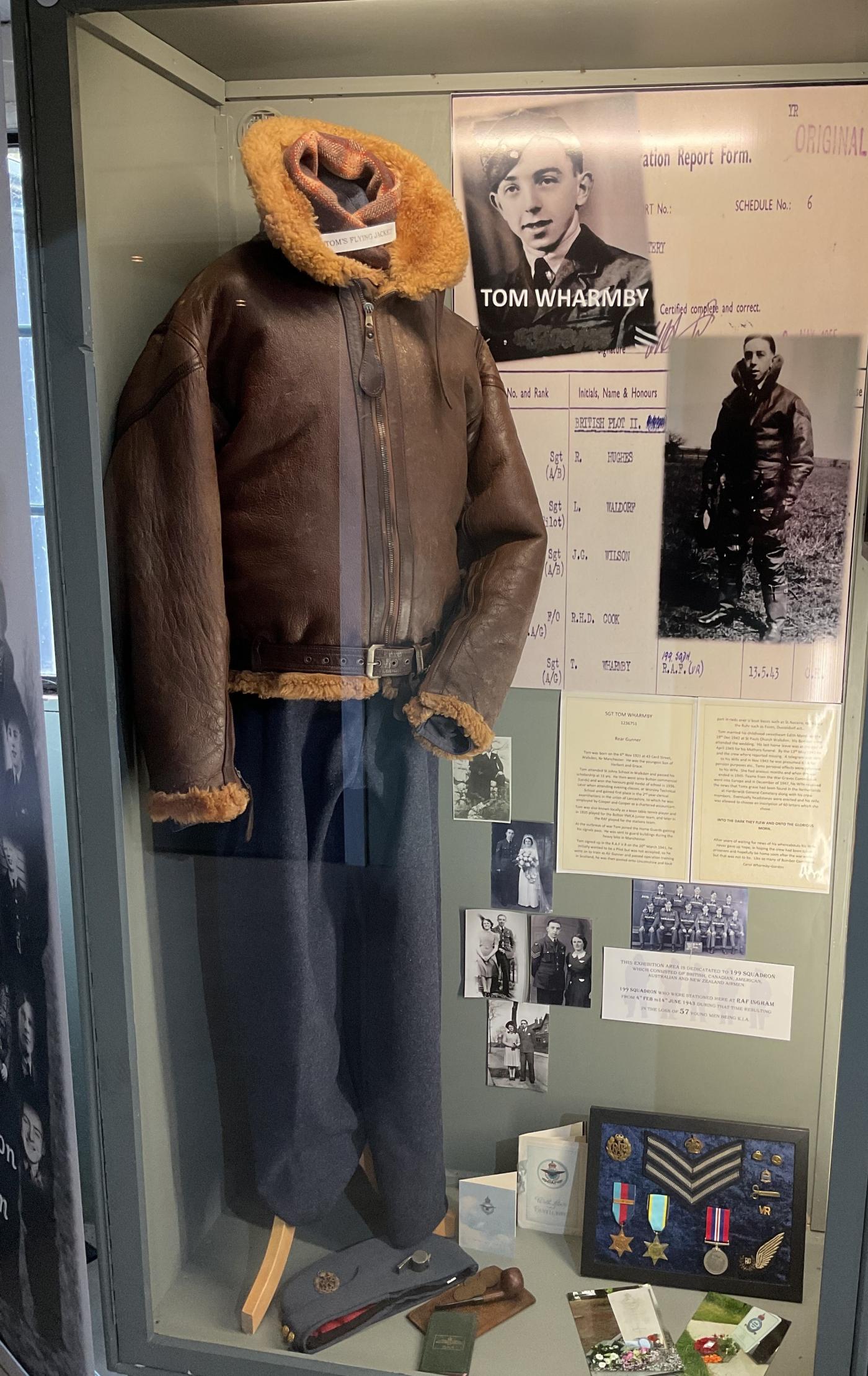
RAF Ingham Heritage Centre
RAF Ingham Heritage Centre is a powerful tribute to the courage and sacrifice of Polish airmen who served with the Royal Air Force during World War II. Located near the village of Fillingham in Lincolnshire, the centre is built on the grounds of what was once RAF Ingham, an airfield that played a vital role in Bomber Command’s operations. It now stands as a preserved and carefully curated site that celebrates the deep historical connection between Britain and Poland, particularly through the brave efforts of Polish bomber crews.
Originally opened in 1940 as a grass airfield, RAF Ingham served as a satellite to nearby RAF Hemswell. Its grass runways were soon put to significant use when Polish bomber squadrons began operating from the site. These included 300 (Masovian), 301, and 305 Squadrons, whose crews flew Vickers Wellington bombers on dangerous missions across Europe. The airfield became an important operational base for Polish forces, many of whom had escaped Nazi-occupied Poland and were determined to continue the fight against tyranny alongside their British allies.
Though most famously associated with fighter squadrons like 303 Squadron—which gained renown during the Battle of Britain—many Polish airmen served in bomber roles as well. RAF Ingham was a hub for such efforts, where Polish crews carried out vital bombing and mine-laying missions over occupied Europe. Flying from grass runways and often under treacherous weather conditions, these pilots demonstrated resilience, bravery, and unwavering commitment. Despite the risks, they helped shape the success of Bomber Command during the war.
Following the war, RAF Ingham was closed and returned to agricultural use, and its story was nearly forgotten. But the memories of those who served there would not fade. In recent years, passionate volunteers began restoring the site, recognizing its importance as a historical and cultural landmark. They transformed it into a heritage centre not just to preserve the physical remnants of the airfield, but to honor the people who flew from there and the legacy they left behind.
The RAF Ingham Heritage Centre now includes an exhibition space, reconstructed living quarters, and a remembrance garden. Visitors can walk through displays that explore the personal stories of Polish airmen, their missions, and their lives both during and after the war. One of the most moving aspects of the centre is its attention to the families of these airmen—many of whom settled in Britain after the war, raising new generations while carrying the weight of wartime memory.
A central exhibit features a reconstructed Nissen hut, designed to reflect the living conditions of Polish families who made Britain their home after the conflict. It provides an intimate look into the lives of those who endured war and rebuilt their futures in a foreign land. This adds a personal, human dimension to the broader narrative of military service.
The heritage centre also includes a silhouette memorial garden featuring five figures representing the Polish airmen who flew from the site. It is a place for quiet reflection, allowing visitors to pause and honor the sacrifices made in pursuit of freedom. The entire centre serves as a living memorial—educational, emotional, and deeply respectful of the past.
There is also a charming little café onsite—appropriately named the NAAFI—where you can sit down with a cup of coffee and enjoy a slice of cake while soaking in the atmosphere of the site. The centre is actively working on restoring and reinstalling the original hangar doors, which will soon add even more character and authenticity to the displays. As they continue to expand and enhance the exhibits, support from visitors is incredibly valuable. Whether through a small entrance donation or by picking up a piece of memorabilia from the shop, every contribution goes directly toward preserving this important piece of history.
So, if you're planning a day out, consider a visit to RAF Ingham Heritage Centre. There’s a lot to learn here—a unique and moving experience that brings history to life, honors unsung heroes, and offers a peaceful place to reflect on the legacy of courage, cooperation, and resilience.
